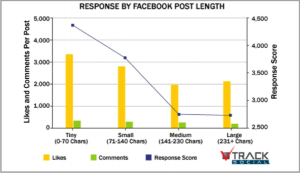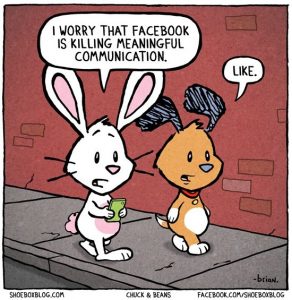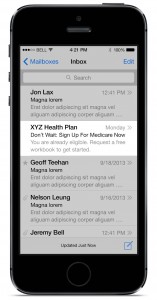First-party data is information a company collects directly from its customers and owns. In 2022, more and more companies and brands will move toward collecting, segmenting, and storing first-party data.
Third-party data has traditionally been the first choice for marketers as it can be used as a proxy for first-party data. This method of data collection and ad targeting has allowed brands and companies to gather first-party-esque insights into customer behavior without having direct first- or even second-party access to that all-important customer information. Think Facebook ad targeting data.
However, with privacy concerns growing exponentially and third-party tracking abilities becoming restricted, first-party targeting strategies are becoming more and more fruitful and necessary than ever before.
Some examples of first-party data include email lists, CRM data, survey results, and cell phone numbers. Additionally, an often overlooked ‘list’ is your social media followings. Facebook, Instagram, Twitter, and even Linkedin can and should become listening audiences that believe in your brand, products, or services.
There are several reasons why first-person data will become increasingly important and lucrative to marketers:
1. First-Party Data is Authentic: Privacy concerns have led users across the web to block third parties from accessing their browsing history and other personal information. To get around this roadblock, companies will look for new ways to collect first-party data such as direct customer interactions such as surveys or email lists instead of purchasing user information on third-party sites like Quantcast or Acxiom.
2. First-Party Data is Secure: Collecting first-party data in-house rather than second or third party means that the data you are looking to target does not have to be shared with or even exist on any other site besides your own domain. This increases security and ensures that first-party information doesn’t get compromised by malicious actors.
3. First-Party Data is Direct: first-party data allows for first-hand information to be collected directly from the first party (the brand or company), rather than through a third party who then uses that first-party data to target ads toward users on the first party’s site. It can also help companies avoid problems with legacy infrastructure, as first-party data owners can collect and use their information without needing to pass it through expired or expiring first or second parties like cookies.
4. First-Party Data is Engaging: this direct engagement between brands and customers will lead consumers to interact more willingly with targeted advertisements, leading them again to increase engagement with first-party content.
First-party data is a unique asset that empowers marketers to build stronger, more relevant relationships with audiences.
As first-party data becomes increasingly valuable, expect to see brands and companies rely on these customer interactions to collect first-hand insights from consumers. As a result, third-party tracking abilities will continue to decrease while first-party data collection will become a priority for forward-thinking marketers who wish to engage with their audiences more personally.
This focus on first-party data can lead to better-targeted ads and increased user engagement across the web. Brands can ensure that their message is reaching the right people at the right time, which could help increase conversions and improve ROI. In turn, this means that
In 2022 first-party data will be the most important tool at your disposal as you seek an advantage over the competition. Make first-party data work for you by investing in the long game of building and segmenting lists and data. Collect first-party wherever possible and ensure your databases are refreshed often.
Digital & Social Articles on Business 2 Community(25)
Report Post





